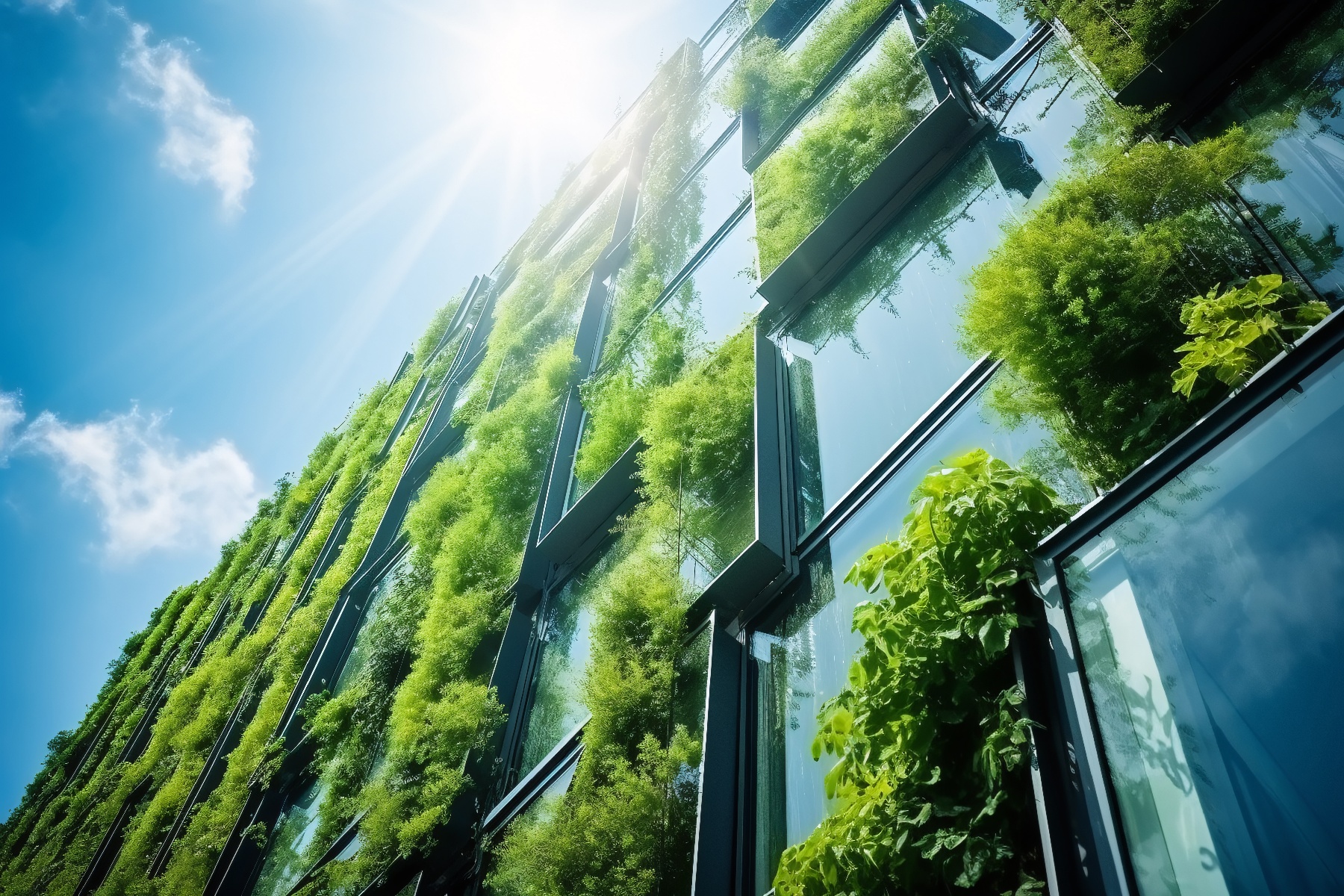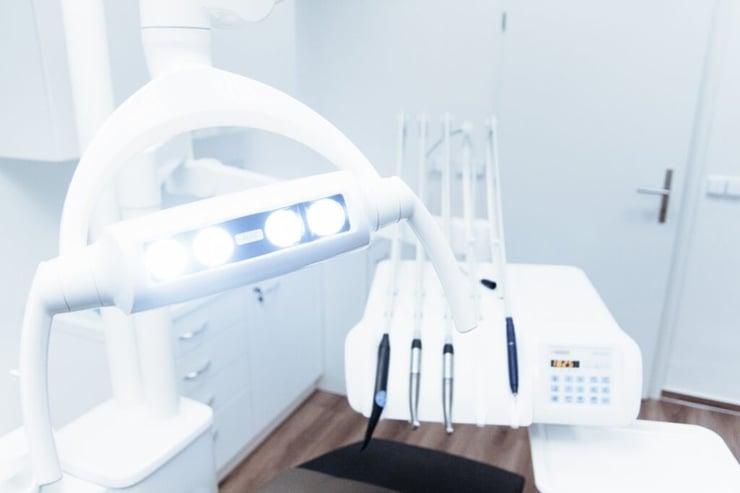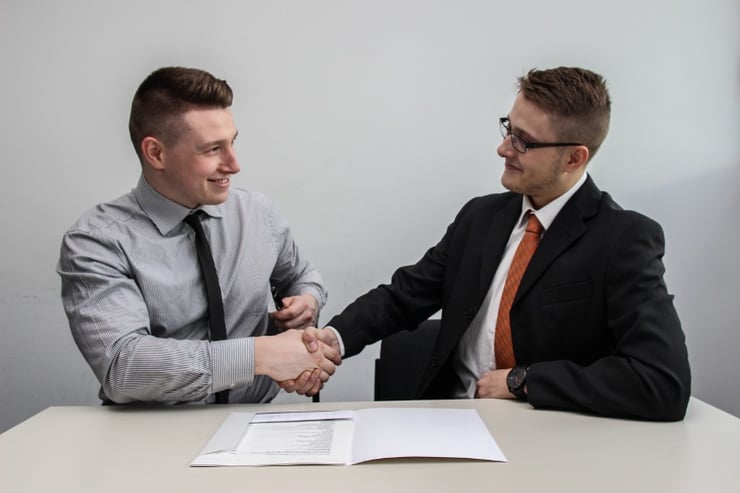The Rise of Green Dentistry: What Does it Mean for Your Practice?
For years, dentists have perfected methods for promoting the health and well-being of their patients. Today, however, patients are just as interested in the methods dentists use to safeguard the environment.
The shift toward “green dentistry” can rightly be understood within the broader context of the sustainability and eco-friendliness movements. But to regard it as just an empty buzzword would be folly. On the contrary, green dentistry addresses a real shift in consumer sentiment, with more and more people choosing which businesses they support at least partly on the basis of ecological stewardship. This very much includes choices for dental and other oral health services.
The History of the Sustainability Movement
While environmentalism extends back for generations, the sustainability movement really began in earnest during the 1960s. Following many decades of rapid industrialization and urbanization, along with a booming population increasingly voracious to consume natural resources, evidence began emerging to suggest that all this growth had come at a cost to the natural world.
Faced with the widespread degradation of water, soil, and air conditions, many activists began lobbying for both legal and cultural change. Legal protections came in the form of the EPA and various pieces of environmental legislation. And cultural protections continue to unfold to this day, as more and more consumers shift their buying behavior to favor sustainability-minded companies. Indeed, as the climate crisis looms larger all the time, this move toward environmentalism becomes more pronounced all the time.
Dentistry and the Environment
This brings us back to the topic of green dentistry. At first blush, it may seem like dental practices have a minimal impact on the natural world, especially compared with, say, more heavily polluting manufacturing companies.
Actually, the typical dental practices do have an outsized environmental impact, not just through the consumption of water and electricity, but also through the generation of tons of single-use plastic and paper products.
From patient bibs to chair covers, dental practices throw an awful lot of stuff into the landfills… all of which contribute to the accumulation of harmful greenhouse gasses.
Green Dentistry and the Three R’s
Given these realities, more and more practices are embracing efforts to be more sustainable both in order to safeguard the natural world and to appeal to a more eco-focused patient population.
In practical terms, green dentistry can effectively be summarized with the three r’s.
Reducing waste and consumption. Environmental experts have long maintained that, while reuse and recycling can be impactful, neither are as impactful as reducing waste. This represents a real opportunity for dental practices looking to go green. Looking for ways to scale back on the use of single-use plastics and paper products can be a game-changer. This can be done by switching to biodegradables; buying supplies in bulk to reduce transportation-related waste, and going digital to conserve paper. Using up-to-date systems to ensure energy and water efficiency is also important.
Reusing and substituting. Single-use infection control items tend to be the biggest source of dental practice waste. As such, a critical component of green dentistry is looking for reusable alternatives, whether that’s cloth sterilization bags or reusable patient bibs.
Recycling instruments and equipment. Among the three r’s, recycling should be considered the last resort. With that said, there is certainly a time and a place for recycling. Green dental practices should consider partnerships with instrument recycling programs and sharps disposal services.
For Dental Practices, the Future is Green
The green dentistry movement is real, and it’s unlikely to slow down any time soon. The climate crisis is too acute, and consumer sentiment (particularly among younger demographics) too lopsided, for dentists to ignore this trend.
Be strategic in thinking not just about how your practice can go green, but why doing so might make such good business sense (not to mention ethical sense) in the first place. With any questions, don’t hesitate to contact LenDRgroup Consulting.



